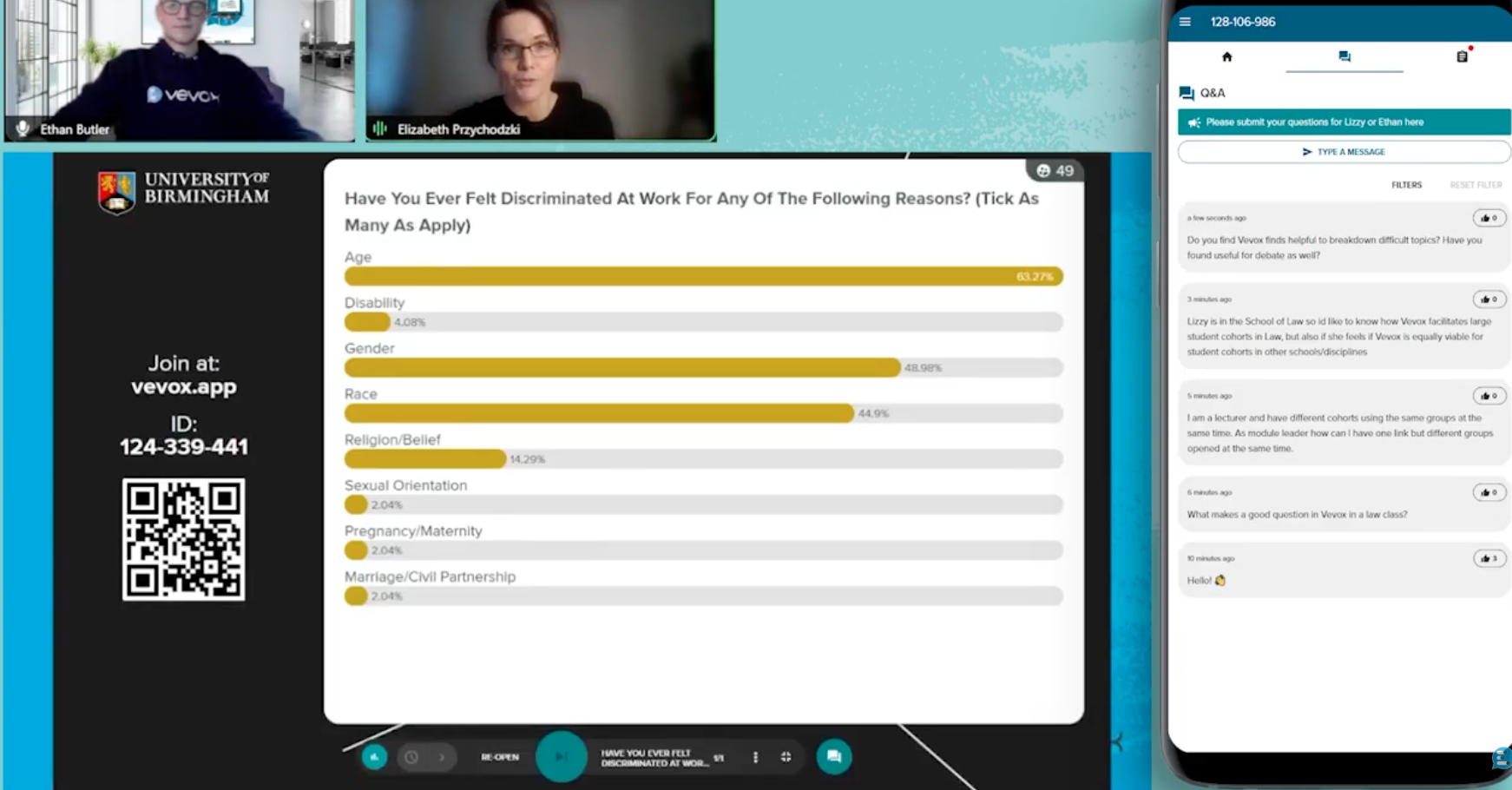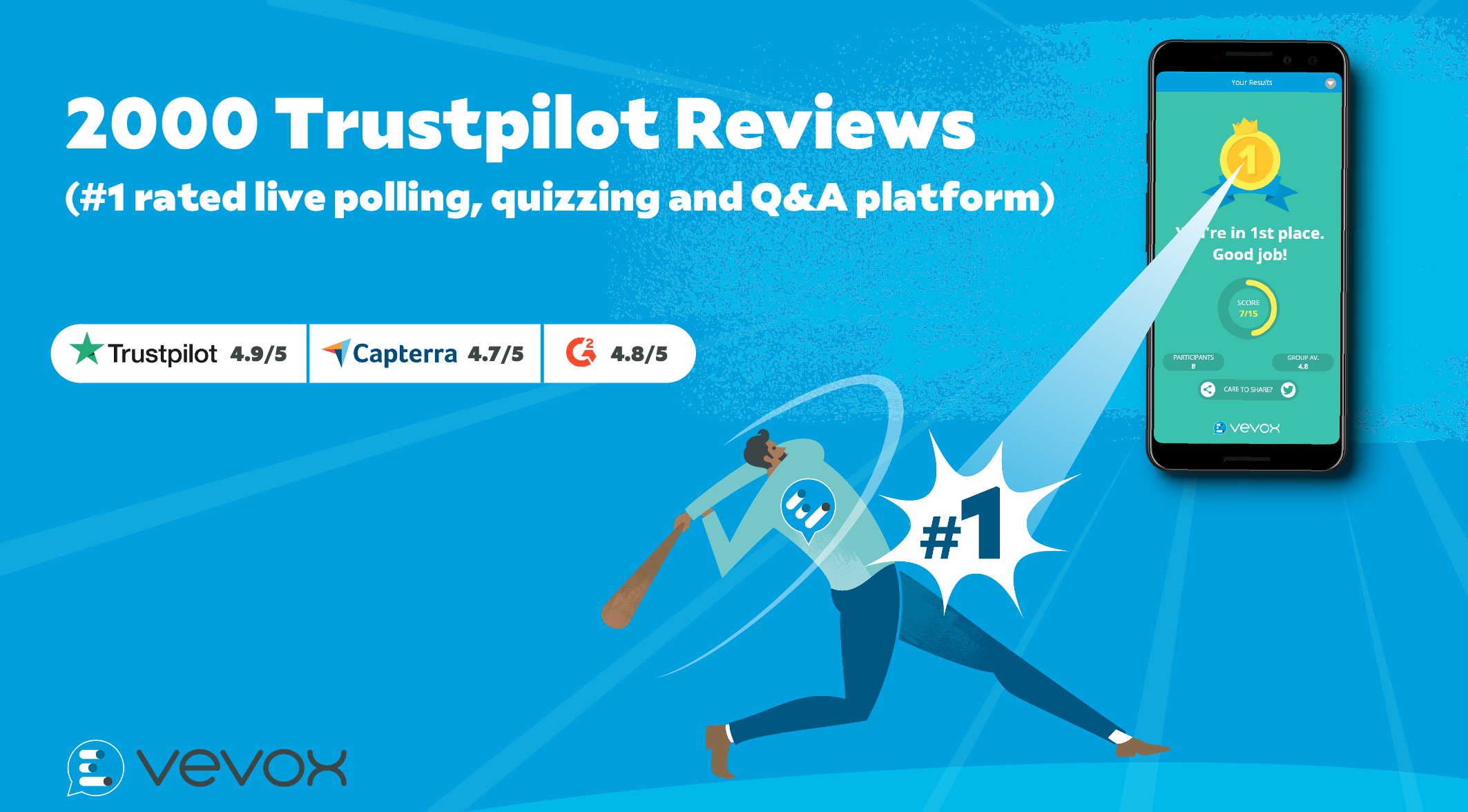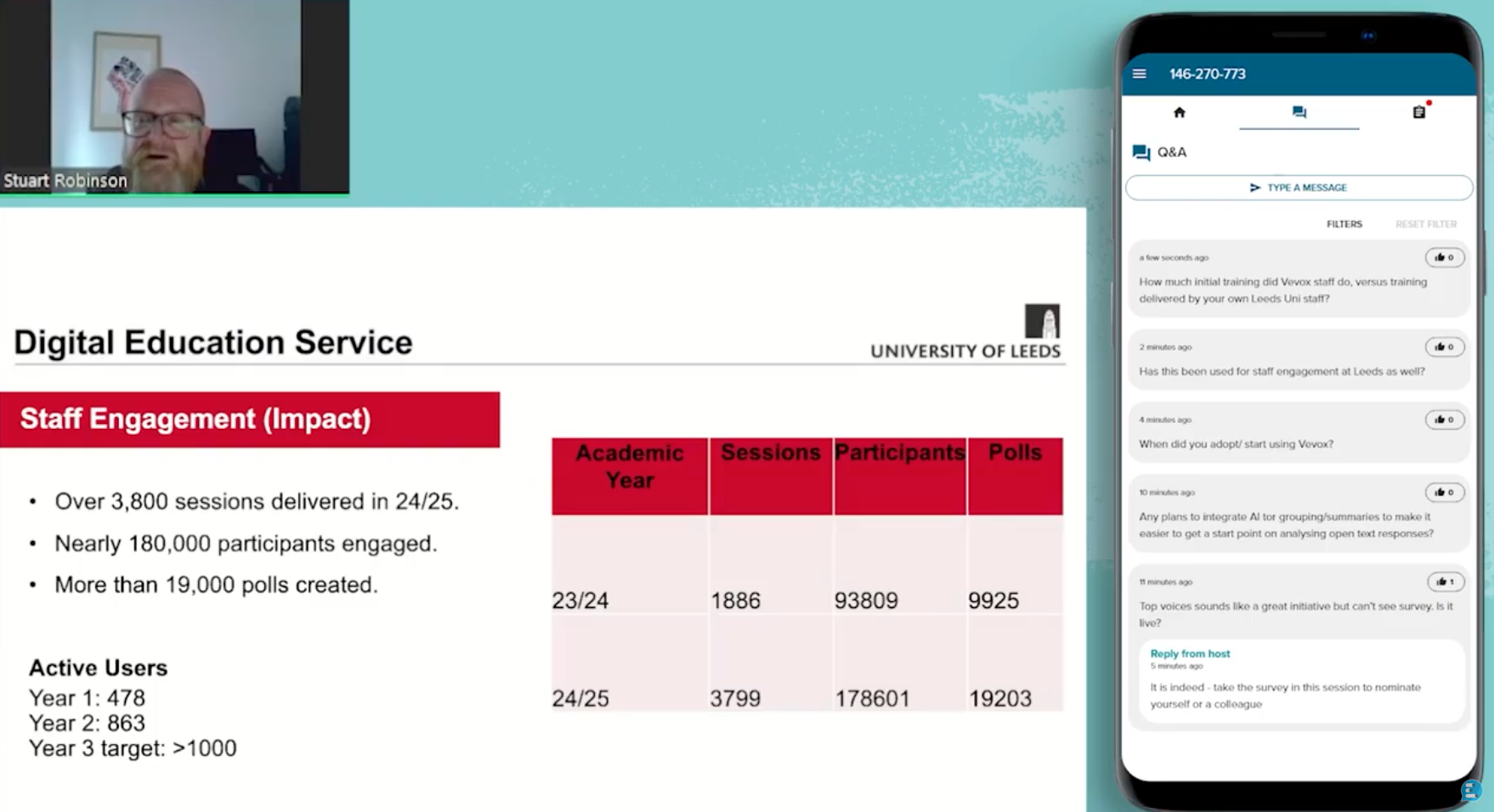Employee training is a critical component of any organization's success. It not only enhances skills and knowledge but also boosts motivation, productivity, and overall employee engagement. However, traditional training methods often fail to captivate employees and may result in disinterest or lack of retention. Not all traditional methods will work for different situations such as an hybrid environment. In this article, we will explore six employee training methods that are proven to increase engagement and create a positive learning experience for workplaces around the world.
1. Interactive Workshops
One of the most effective ways to engage employees during training is through interactive workshops and group activities. By incorporating hands-on exercises, role-playing, team-building activities, participants are actively involved in the learning process. This can be done virtually by running breakout rooms as well. By putting emphasis on having teams, you increase the likelihood of peer learning and cooperation where individuals want to help each other succeed during the training process. Examples of interactive workshops can also include case studies to solve in groups, group presentations or even an interactive quiz.
This method fosters collaboration, creativity, and problem-solving skills, making the training experience not only informative but also enjoyable. This approach also encourages community amongst colleagues.
2. Gamification & Quizzes
Gamification has gained popularity in recent years due to its ability to captivate and motivate participants. By integrating game elements such as challenges, rewards, and competition, employees are more likely to be engaged and immersed in the training content. A competitive aspect does always help a lot of people to gain focus. Gamification also allows for personalized learning paths and offers a sense of achievement and progress, making the training experience more enjoyable and memorable. The self-gamification approach also helps the person to recognise their own achievements. For live gamification, interactive quizzes are great for increase participation and making learning fun!
3. Multimedia Content & Interactive Presentations
Traditional presentations can be monotonous and tend to disengage participants. By utilizing multimedia presentations, such as videos, images, polls, discussion, quizzes, games and more, trainers can make the content more visually appealing and dynamic. By adding in different types of content and layers to your presentation you more likely to maintain audience retention. A lot of people learn by doing or having visual aids so running a poll or having supplementary documents can help to increase knowledge retention. Adding engaging visuals and incorporating real-life examples can help employees relate to the material, increasing their interest and understanding for the application of the information.
4. On-the-Job Training
Hands-on, on-the-job training is an effective method for engaging employees and really putting things into practice. It allows them to apply their skills and knowledge in real work scenarios, providing practical experience and immediate feedback. This approach not only enhances learning retention but also boosts confidence and job satisfaction. Pairing employees with experienced mentors or coaches ensures personalized guidance and support, further enhancing engagement.
5. Microlearning Modules
In today's fast-paced work environment, employees often struggle to find time for lengthy training sessions. With so many distractions out there and the constant need for short, quick content, microlearning is the way forward! Microlearning provides bite-sized training modules that can be accessed at any time and are easily digestible. These short, focused lessons can be delivered through various formats, such as videos, podcasts, or quizzes. By breaking down training material into small, easily digestible parts, employees can learn at their own pace and promptly apply the acquired knowledge. It also allows employees to skip over parts they already know and customize the training to their needs.
6. Continuous Feedback and Evaluation
Creating a culture of continuous learning requires ongoing feedback and evaluation. Regular check-ins, quizzes, surveys and assessments ensure that employees remain engaged and accountable. Moreover, feedback helps identify areas of improvement, allowing trainers to revise and tailor the training content accordingly. By emphasizing the importance of feedback, employees feel valued and invested in their own development, leading to increased engagement.
Test, learn and repeat...
To ensure maximum engagement in workplace training, organizations need to adopt innovative and effective training methods. But also truly measure the impact of the training methods to learn what works and what doesn't. By taking this approach and repeating the same testing steps will you be able to know what works for your training workshops. Incorporating interactive workshops, gamification, multimedia, active training, microlearning modules, and getting continuous feedback, employees can be actively involved in their whole learning journey. These methods create a positive training experience, boost engagement, and ultimately contribute to a skilled and motivated workforce. When employees feel engaged during all parts of the training process, they become more invested in their own professional growth, leading to improved performance and the overall organizational success.
New to Vevox? Sign up for free today to try live polling in your training!




